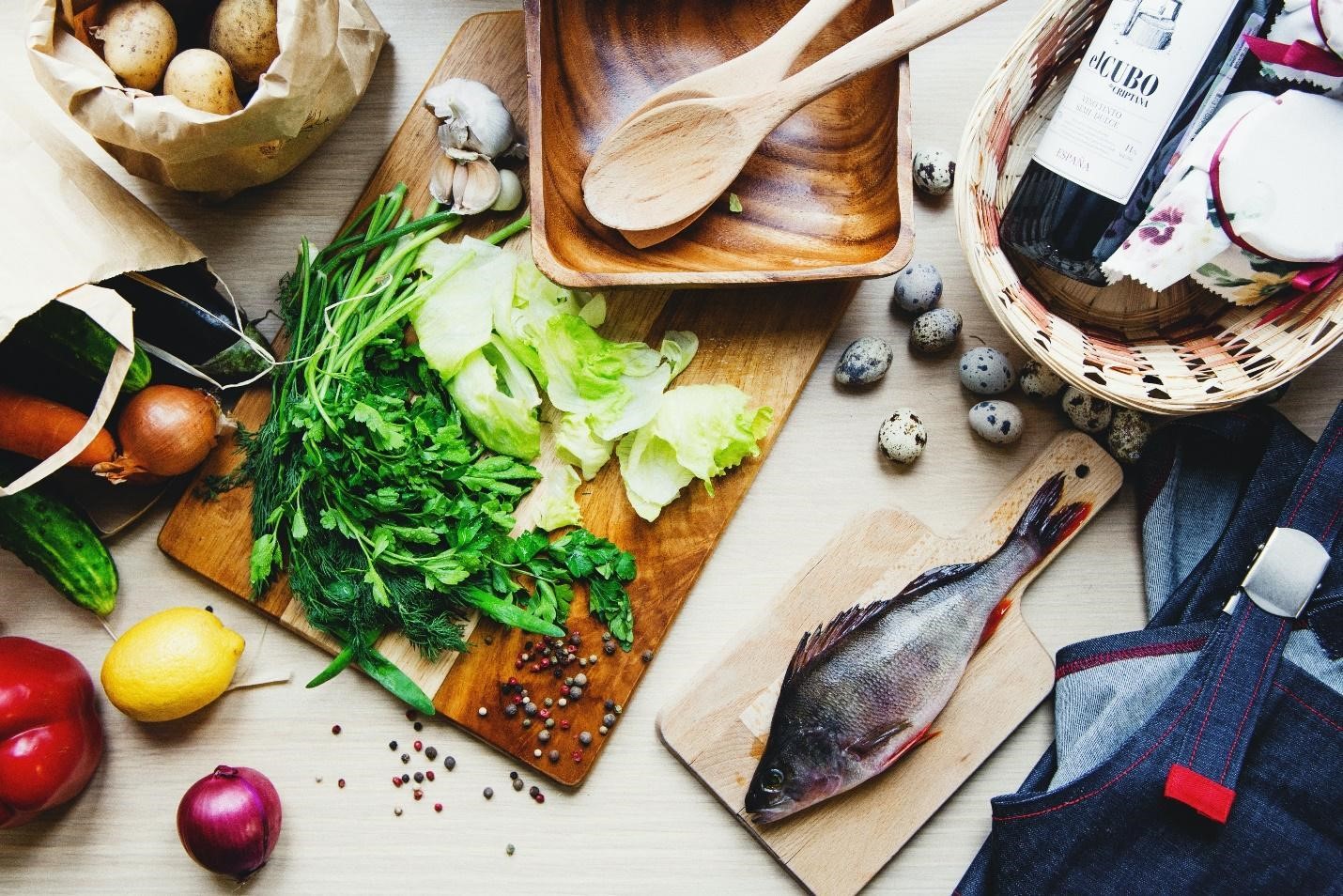
Timothy Knutson
When a stomach gets hungry and the question “what’s for dinner?” gets asked, any restaurant you could hope for in the Twin Cities area used to be able to serve you a delightful dining experience.
However, the dine-out scene in Minnesota closed its doors overnight, leaving only curbside or delivery from the restaurants brave enough to keep their doors open. Others locked their doors and sent the staff out with what food they could carry as new members of a dislocated workforce. Cooks without a kitchen. This meant novice cooks and takeout fiends were out of their favorite meals.
Instead of just bringing worry and dread to the situation, let’s turn the tables on “what’s for dinner?”
You don’t have to be a displaced chef to make a great meal at home. Home cooking is a sensational experience with sounds and smells stirring up senses for you to explore. They build up to that first bite when the universe stops. Cooking at home can be a rewarding experience, allowing you to save some money when you prep for meals while buying ingredients with purpose.
Bring the adventure home! You’ve been to restaurants and seen glorious food on the TV covered in flame and sauce. Now, use your taste buds and go find those flavors. Recreating a dish isn’t a proprietary skill only available to the trained and capable few. In the professional kitchens they say the chef doesn’t eat, he tastes. So, taste your ingredients as much as the final product. Seasoning a dish is something that happens along the way.
When it comes to finding ingredients, searching your pantry isn’t supposed to be a struggle but instead a chance to feast without breaking the bank. Picking up meats and produce is an opportunity to connect with your local farmers and grocers, not just an errand. People who sell their goods can often give you the best advice on how to use them without making waste.
Whether you’re going for a suit and tie dinner or a picnic in the park, planning a menu with insight from local sources will get you further than you think. Doing the leg work to go to the source will get you more satisfaction than the drive-thru.
Local Ingredients:
- Farmer Markets—Fresh ingrediants right from the source
- Butchers & Seafood—Know where your meat and fish come from
- Cheese Shops—Flavorful and Fresh
Metropolitan State University also has Food for Thought, a food pantry that gives to those in need. It’s available through the Student Parent and Resource Center. Deciding between money going towards food versus bills shouldn’t even be a conversation, but Metro State has resources available if needed.
The following is a quote from the Metro State Food for Thought pantry webpage: “The food bags offered through the library weigh 10–15 pounds and contain non-perishable food items including pasta/noodles, canned fruits and vegetables, canned soup, peanut butter, dried fruit/nuts, tomato sauce, and canned meat (chicken/beef).”
People eat like their lives depend on it. Instead of the conversation being whether or not we get to eat tonight, let’s say what shall we eat tonight; “what’s for dinner?” Stay fed and stay full.



